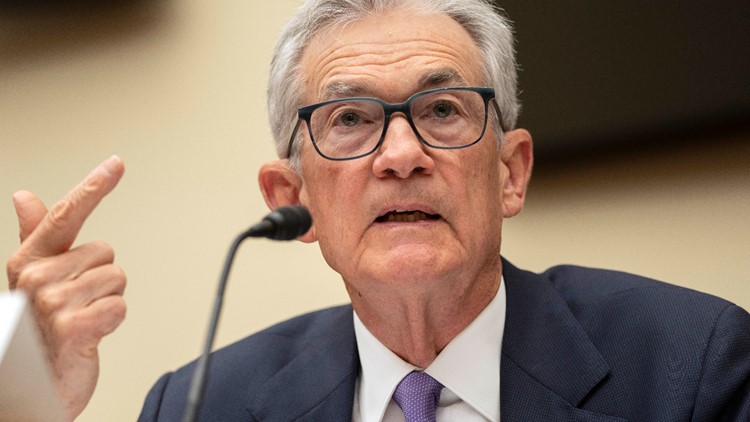Taming Inflation: Fed Poised to Cut Interest Rates

After successfully reducing inflation from a peak of 9.1% in June 2022 to 2.5% last month, just above the Federal Reserve’s 2% target, the Fed is now ready to take a significant step. In a move not seen in over four years, the Fed is expected to cut its benchmark interest rate on Wednesday. This decision is anticipated to result in lower borrowing costs for both consumers and businesses, coming just weeks before the upcoming presidential election.
However, there is an air of uncertainty surrounding this week’s meeting as the size of the rate cut remains uncertain. While some Wall Street traders and economists predict a larger-than-usual half-point cut, others expect a more typical quarter-point rate cut.
With inflation hovering close to the target level, the Fed is shifting its focus towards supporting a weakening job market and achieving a “soft landing,” where it reduces inflation without causing a recession. A potential half-point rate cut would signal the Fed’s commitment to sustained economic growth. This upcoming rate cut is expected to be the first of several such cuts that will extend into 2025.
High interest rates and rising prices have caused widespread dissatisfaction with the economy, prompting political debates. While former President Donald Trump’s campaign criticized the economy’s performance due to high prices, Vice President Kamala Harris warned of further price increases if tariffs on imports were imposed.
Lowering interest rates should reduce borrowing costs for mortgages, auto loans, and credit cards, encouraging business spending and potentially boosting stock prices. Refinancing loans into lower-rate debt may become more attractive for both companies and consumers.
Fed Chair Jerome Powell’s recent speech in Jackson Hole, Wyoming, reiterated the Fed’s confidence in controlling inflation. Inflation has dropped significantly from its peak, and the decline is expected to continue due to falling oil and gas prices, along with consumer pushback against high prices.
While unemployment has risen slightly from its low point last year, it mainly reflects an increase in job seekers rather than layoffs. Powell emphasized the Fed’s commitment to a strong labor market, signaling potential rate cuts to support employment growth.
As the Fed debates the extent of interest rate cuts needed to stabilize the economy, analysts have differing opinions on the appropriate level. Some argue for a more sizable rate cut, given the current downturn in inflation, while others advocate for a more cautious approach to avoid unnecessary risks. Regardless, the anticipation of rate cuts has already led to a decline in borrowing rates, including mortgage rates.
Overall, the Federal Reserve’s decision on interest rates will have a significant impact on the economy, influencing borrowing costs, consumer spending, and business investment in the years to come.




